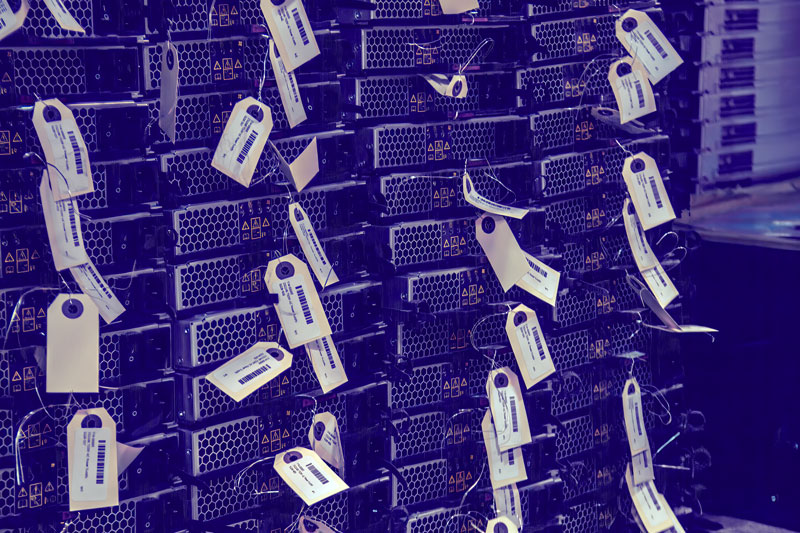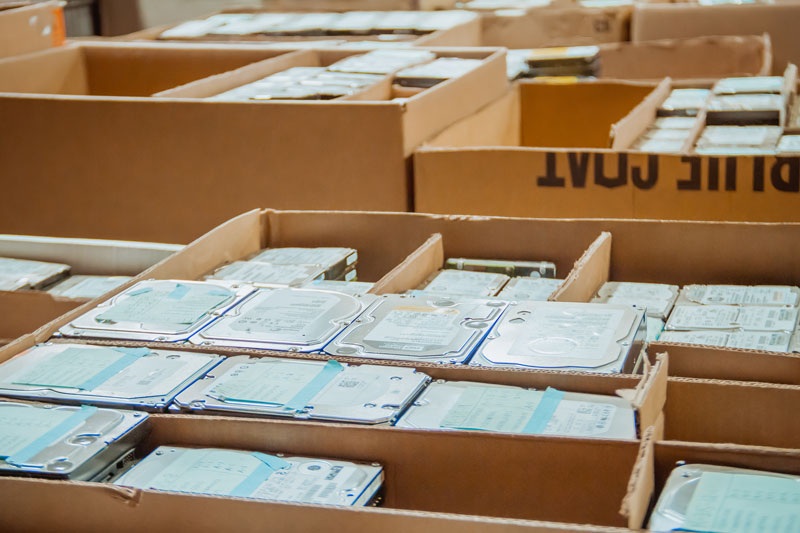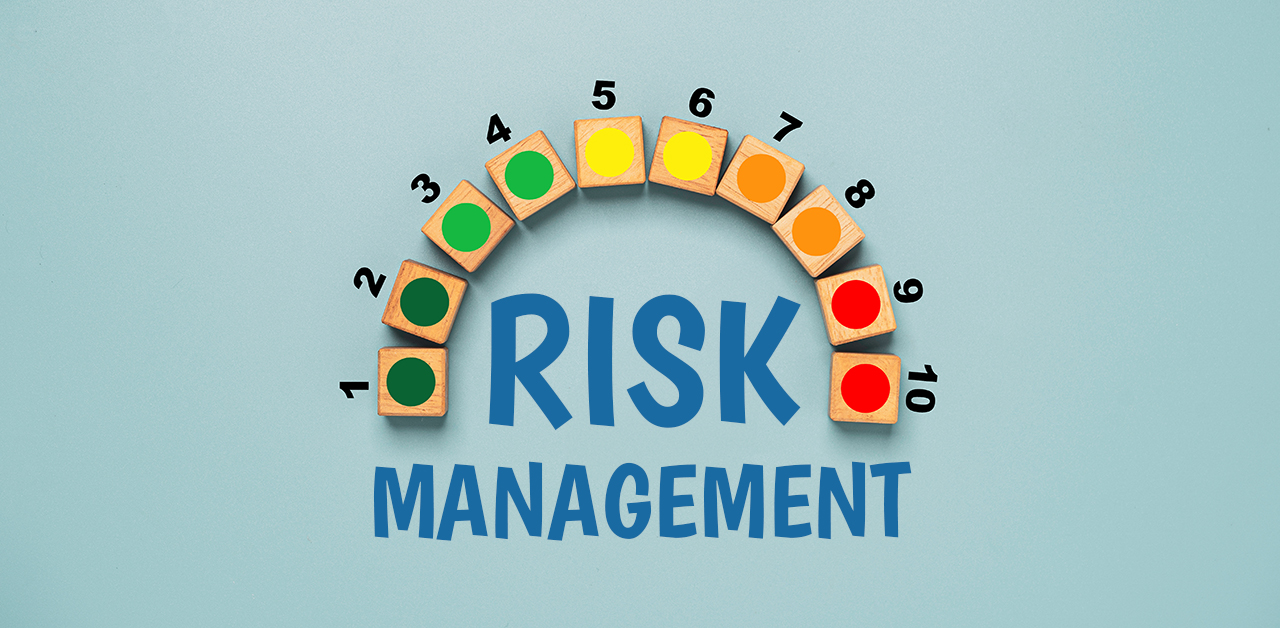
How to decommission a data center
Decommissioning a data center is a complex and challenging task, requiring a well-planned and organized approach. As companies transition away from on-site data centers to more practical alternatives, it’s important to understand the decommissioning process to ensure that your company is prepared for the unique challenges associated with it. Having a clear understanding of the decommissioning process can help minimize the risk of data loss or breaches, and ensure a smooth transition to a new solution. The process involves several steps, including:
Inventory of assets
This is the first step to be taken before decommissioning a data center. It involves creating a complete inventory of all the equipment, applications, and data stored in the data center. This includes identifying which devices and servers are in place, which applications rely on which devices, and what data is stored on each server.
It is important to have an accurate and up-to-date inventory of assets to ensure a smooth and effective decommissioning process. Many large companies may not have accurate information about their data center’s assets, and in such cases, it may be necessary to seek outside assistance from an IT Asset Disposition (ITAD) provider who can update the asset inventory before decommissioning can begin.

Map Resource Dependencies
The next step is to map out the dependencies between different resources in the data center. It allows for segmentation of the information stored in the data center and enables the decommissioning team to complete the process in organized stages. This helps to minimize the risk of a catastrophic failure or a breach of information during the decommissioning process.



Recycle Electronics Appropriately
Once the data center has been decommissioned, it is essential to ensure that all electronics are recycled in a secure and responsible manner. To ensure that your data is protected and assets are properly disposed of, it is recommended to partner with a reputable IT asset disposition (ITAD) provider.
A good ITAD provider will have a secure facility, strict disposal protocols and chain-of-custody tracking procedures. It is important to select a qualified ITAD provider before starting the decommissioning process to avoid any risk to your data.
Depending on the age and quality of the equipment, some assets might be able to be resold, a good ITAD provider can help with that as well. The provider will collect all of your decommissioned equipment, transport it to a secure facility and ensure that it is disposed of appropriately. If assets are eligible for refurbishment, the provider will also be involved in that process.
Overall, the process of decommissioning a data center is complex and requires a significant amount of planning and coordination. By understanding the key steps involved and preparing accordingly, you can help ensure a smooth and successful decommissioning process.


